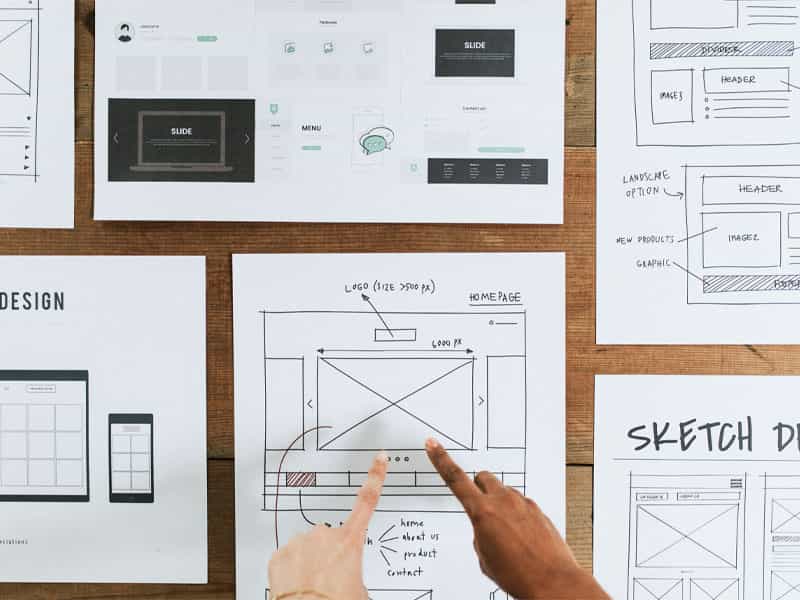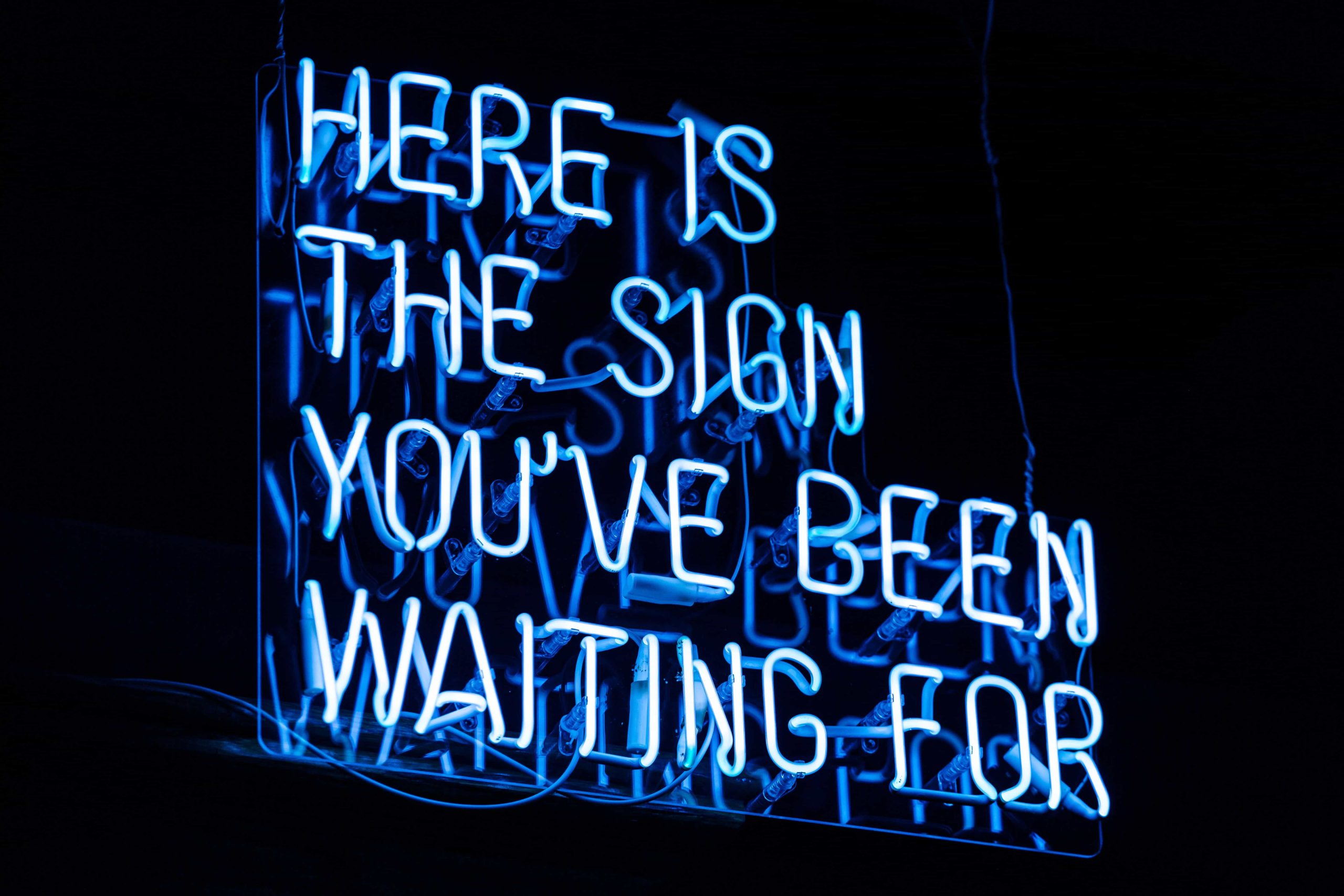Are you considering giving your website a fresh new look? Wondering how much it will cost to redesign your online presence?
Look no further! In this blog post, we’ll delve into the factors that affect the price of redesigning a website. From the importance of investing in a website makeover to deciding between DIY or hiring a professional web designer, we’ve got you covered.
We’ll also explore the average costs for website redesigns and uncover any hidden expenses you may encounter. So, if you’re ready to discover what it takes to revamp your virtual storefront without breaking the bank, keep reading!
Use the quick links below to view answers
1. Factors that Affect the Cost of Redesigning a Website
2. The Importance of Investing in a Website Redesign
3. DIY vs Hiring a Professional Web Designer
4. Average Costs for Website Redesigns
5. Hidden Costs to Consider
6. Tips for Staying Within Budget
7. Conclusion: Is a Website Redesign Worth the Cost?

Introduction: Factors that Affect the Cost of Redesigning a Website
When redesigning a website, several factors can influence the overall cost. One of the primary considerations is the complexity of your website. A simple, straightforward design with minimal pages and functionality will generally be more affordable than a complex e-commerce site with multiple layers and custom features.
Another factor to consider is the extent of the changes you want to make. Are you looking for a complete overhaul or just minor tweaks? The more extensive the redesign, the higher the cost, as it requires more time and resources from web designers.
Additionally, your choice of platform can impact costs. Suppose you already use a content management system (CMS) like WordPress or Shopify. In that case, it may be easier and less expensive to work within that framework rather than migrating to a new platform entirely.
The level of customization required also plays a role in pricing. If you have specific branding elements or unique design requirements, this could increase both design and development costs.
Don’t forget about ongoing maintenance and updates. It’s important to factor in these expenses when considering your budget for website redesign, as they are essential for keeping your site secure and up-to-date.
By understanding these factors that affect website redesign costs, you’ll be better equipped to plan accordingly and make informed decisions about how much you’re willing to invest in transforming your online presence into something truly remarkable!

The Importance of Investing in a Website Redesign
The Importance of Investing in a Website Redesign
In today’s digital age, having a practical and visually appealing website is crucial for any business. Your website serves as the virtual storefront for your brand, and it often forms the first impression that potential customers have of your company. If your site looks outdated or difficult to navigate, visitors may quickly move on to a competitor’s site.
A website redesign can help breathe new life into your online presence and enhance user experience. By investing in a redesign, you can ensure that your site aligns with current design trends and best practices. This will not only improve the overall look and feel of your website but also make it more intuitive for users to navigate.
Furthermore, a well-designed website can significantly impact your search engine rankings. Search engines like Google consider mobile-friendliness, page load speed, and user engagement when determining where to rank websites in search results. By investing in a redesign that addresses these factors, you can boost your chances of appearing higher in relevant search queries.
Additionally, an updated website can help establish trust and credibility with existing and potential customers. A modern design communicates professionalism while providing valuable information about products or services offered by your business. It’s essential to ensure that all elements on the site are consistent with your brand identity so that visitors recognize and connect with it instantly.
Investing in a professional web designer who understands UX/UI principles is key to achieving these goals effectively. While DIY options may seem tempting from a cost perspective initially, they often lead to subpar results due to lack of expertise or limited access to advanced tools.
Remember: Your website is more than just an online brochure; it’s an opportunity for growth!

DIY vs Hiring a Professional Web Designer
DIY vs Hiring a Professional Web Designer
When redesigning your website, one of the most significant decisions you’ll have to make is whether to tackle the project yourself or hire a professional web designer. Each option has its pros and cons, so let’s take a closer look.
DIY website redesigns can appeal to those on a tight budget or who enjoy taking on creative challenges. With countless online tutorials and website builders available, it’s easier than ever to create a basic website design. However, keep in mind that DIY projects require time and effort. You’ll need to learn new skills, troubleshoot any issues that arise, and potentially sacrifice other commitments.
On the other hand, hiring a professional web designer offers numerous benefits. These experts have extensive knowledge of design principles, user experience (UX) best practices, and current industry trends. They can create a visually stunning and intuitive website tailored to your business needs.
Moreover, professional designers bring technical expertise that ensures your site is optimized for search engines with proper coding techniques and responsive design elements.
Additionally, working with a web designer saves you time by allowing you to focus on running your business instead of grappling with complex design tasks.
However…
Keep in mind that hiring professionals does come at an additional cost compared to DIY methods. The fees charged by web designers vary depending on their experience level and location.
Ultimately…
The decision between DIY or hiring involves weighing the trade-offs between cost savings versus time investment and skill level required versus desired outcome quality.
Before making your choice…
Consider evaluating your capabilities objectively alongside considerations such as budget restrictions or specific goals for your redesigned website.
Average Costs for Website Redesigns
Average Costs for Website Redesigns
Regarding website redesigns, one of the main concerns businesses have is how much it will cost. While there is no definitive answer, as every project is unique, understanding the average costs can give you a better idea of what to expect.
The price range for a website redesign can vary greatly depending on factors such as the complexity of your site, the amount of content that needs to be migrated or created, and whether you hire a professional web designer or do it yourself.
For small to medium-sized businesses with more straightforward websites, a fundamental redesign might cost anywhere from £1,000 to £2,500. This typically involves updating the layout and design elements while keeping most of the existing content intact.
On the other hand, if you have a more significant e-commerce site or require more extensive customizations and integrations, you could be looking at costs ranging from £4,000 to £10,000 or more. These higher-priced projects often include additional services like SEO optimization and ongoing maintenance.
It’s important to remember that these are just rough estimates, and prices can vary significantly based on individual requirements. It’s always best to consult several web designers or agencies before settling on a budget.
Stay tuned for our next section, where we’ll delve into hidden costs often overlooked during website redesign projects!

Hidden Costs to Consider
Hidden Costs to Consider
When redesigning a website, the price tag you see upfront may not tell the whole story. There are often hidden costs that can catch you off guard if you’re not prepared. Here are some factors to consider when budgeting for your website redesign.
First, there’s the cost of content creation. If your website lacks quality content, you may need a copywriter or photographer to help create new and engaging material. This can add up quickly, so factor it into your budget.
Another hidden cost is ongoing maintenance and updates. Your newly redesigned website will require regular updates and security patches to keep it running smoothly. It’s essential to include these costs in your budget as well.
Additionally, don’t forget about SEO optimization. While many web design companies offer essential SEO services as part of their package, advanced optimization techniques may come at an additional cost. Investing in SEO can significantly improve your website’s visibility and traffic, but it may require extra funds.
Consider the time and effort required from your team during the redesign process. Gathering feedback, providing design input, and coordinating with the web design team remove valuable resources from other tasks. Make sure you account for this lost productivity when calculating the overall cost of a website redesign.
In conclusion,
when planning a website redesign,it’s essential to take into account the hidden costs. These include
content creation,
ongoing maintenance,
SEO optimization,
and team involvement
By considering these factors upfront, you’ll be better prepared to stay within budget
and avoid any surprises along the way.
Remember:
A successful website redesign is an investment worth making!
Tips for Staying Within Budget
Tips for Staying Within Budget
1. Prioritize Your Goals: Before starting the website redesign process, clearly define your goals and prioritize them. Focus on the elements crucial to achieving those goals and allocate your budget accordingly.
2. Research and Plan: Take the time to research different web design agencies or freelancers and compare their prices, services, and portfolios. This will give you a better understanding of what is available within your budget range. Additionally, create a detailed plan outlining what changes you want to make to avoid unnecessary expenses.
3. Use Existing Content: Instead of starting from scratch, consider reusing existing content, such as text, images, and videos that align with your brand messaging. This can save both time and money during the redesign process.
4. Optimize for SEO: Incorporating search engine optimization (SEO) strategies into your website redesign can help improve organic visibility in search results without additional costs.
5. Set Realistic Expectations: Be realistic about what can be achieved within your budget constraints. Communicate openly with your web designer about any financial limitations so they can provide alternative solutions or options that fit within your budget without sacrificing quality.
Remember, staying within budget doesn’t mean compromising on quality or effectiveness – it just requires careful planning and smart decision-making throughout the website redesign process.
Conclusion: Is a Website Redesign Worth the Cost?
Conclusion: Is a Website Redesign Worth the Cost?
After considering all the factors that affect the cost of redesigning a website, as well as the importance of investing in a website redesign, it’s clear that this decision should not be taken lightly. While there are certainly costs involved in revamping your website, the potential benefits far outweigh them.
A well-designed and user-friendly website can attract more visitors, engage them effectively, and convert them into customers. It can also improve your search engine rankings and enhance your online presence. These advantages can lead to increased traffic, higher conversion rates, and, ultimately, greater profitability for your business.
However, it is crucial to approach a website redesign with careful planning and consideration. Determine your objectives and goals for the new design beforehand so you can communicate these clearly to any professional web designer you choose to hire. This will help ensure they understand your vision and deliver results that align with it.
While hiring a professional web designer may require an initial investment, their expertise will likely save you time and frustration in trying to do it yourself. They have experience navigating through various design challenges and can provide valuable insight into best practices for usability and conversion optimization.
It’s also essential to consider any hidden costs associated with a website redesign, such as ongoing maintenance fees or additional software subscriptions needed for specific functionalities. By being aware of these potential expenses from the beginning, you can better plan your budget accordingly.
Remember that staying within a budget doesn’t mean compromising quality or effectiveness. There are various ways to keep costs down while achieving an impressive website redesign. For example, prioritizing essential features first or opting for pre-designed templates instead of custom designs can help reduce expenses without sacrificing functionality or aesthetics.
In conclusion (without using those words explicitly), when done strategically and thoughtfully, investing in a website redesign is undoubtedly worth its cost. It presents an opportunity to elevate your online presence, improve user experience, and ultimately drive the success of your business.





